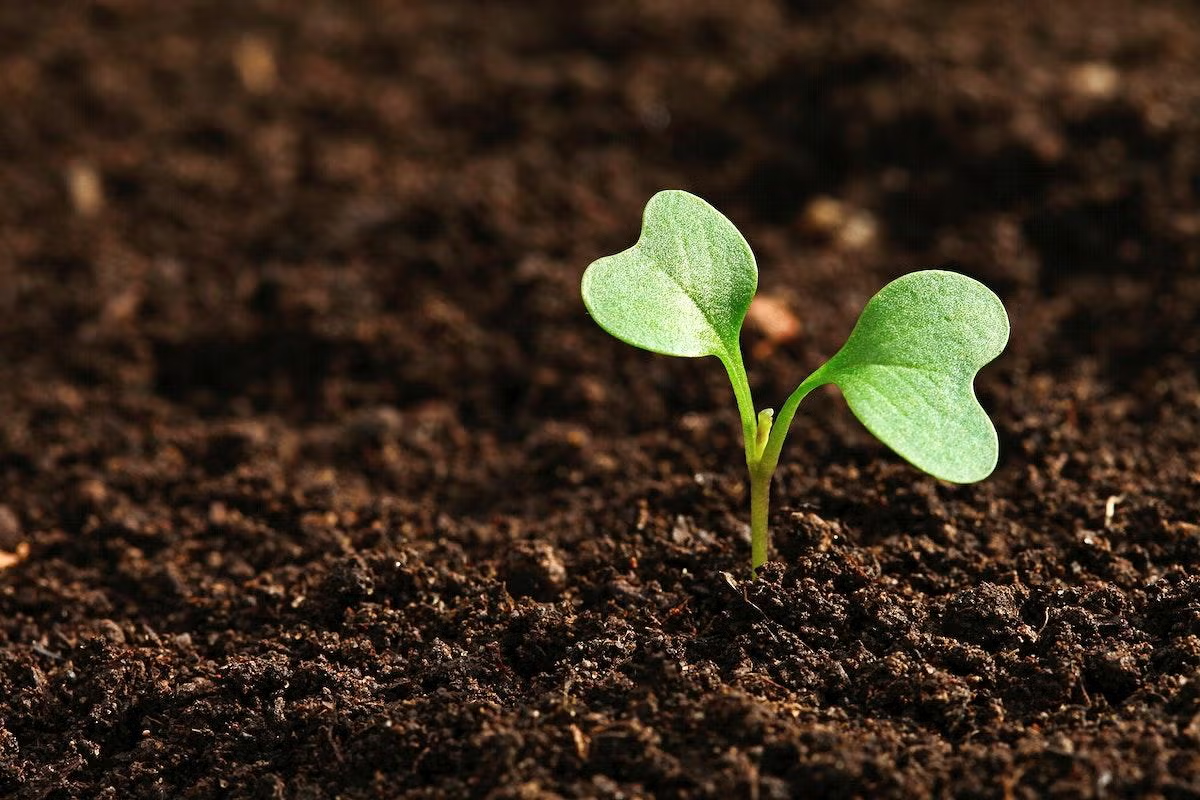
Grades:
6th Grade
Students discover how plants and soils interact by observing root growth, considering the function of a plant’s roots, modeling the movement of water into the roots, and investigating the movement of
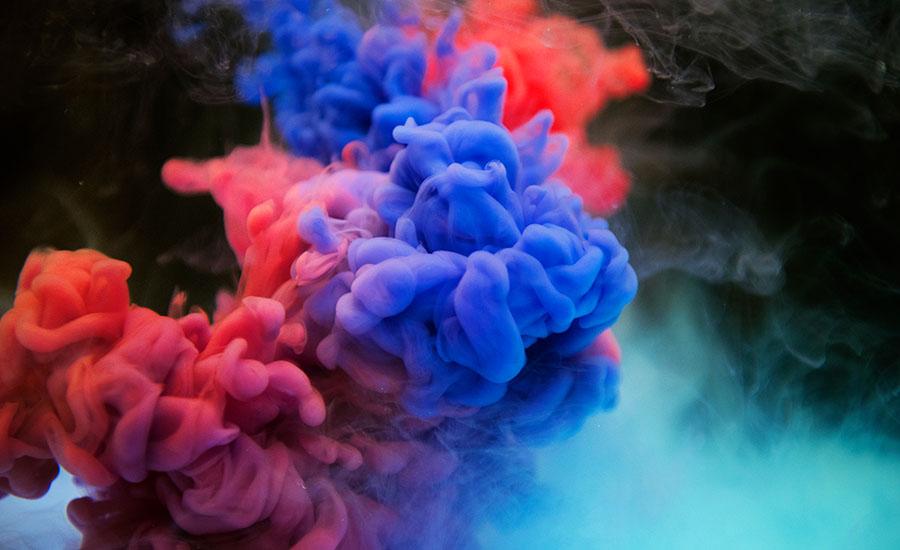
Grades:
9th Grade, 10th Grade, 11th Grade, 12th Grade
Students will explore the historical use of natural pigments by indigenous peoples, particularly those native to the Southwest region. They will use mathematical concepts to paint using the pigments
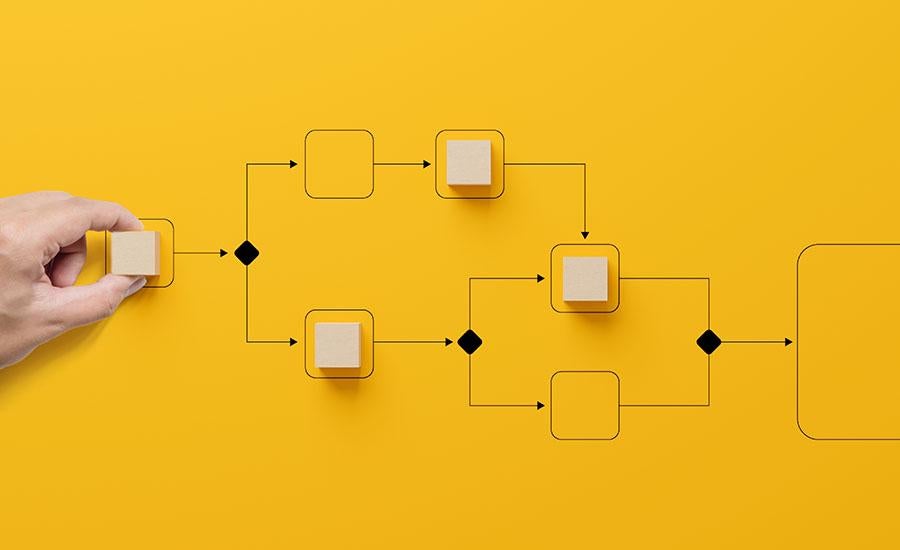
Grades:
9th Grade, 10th Grade
Students will understand and apply geometric concepts such as symmetry, angles, and scaling in the context of labyrinth design.
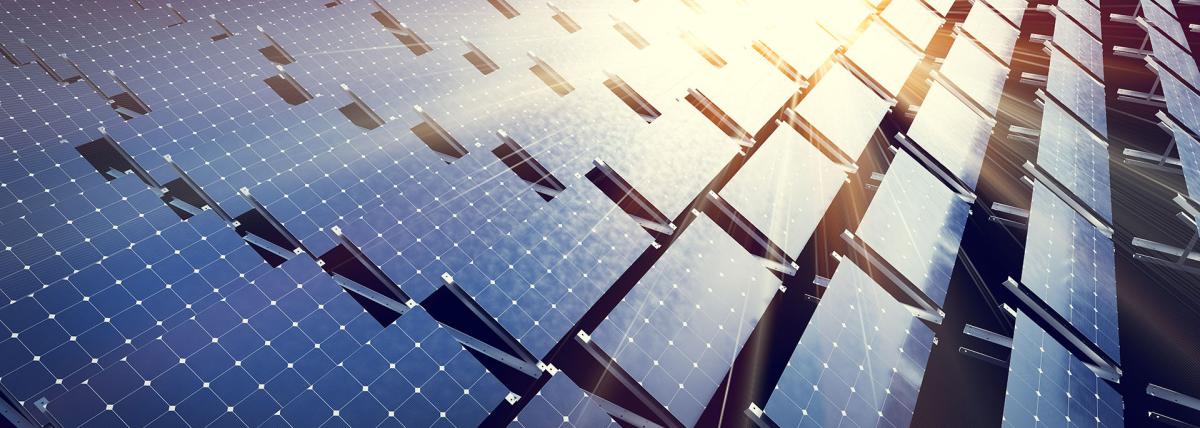
Grades:
6th Grade, 7th Grade, 8th Grade
This is an introductory investigation to how light behaves in an electromagnetic spectrum unit. This is prior to any content being taught at the subject and is a way to spark inquiry and for students
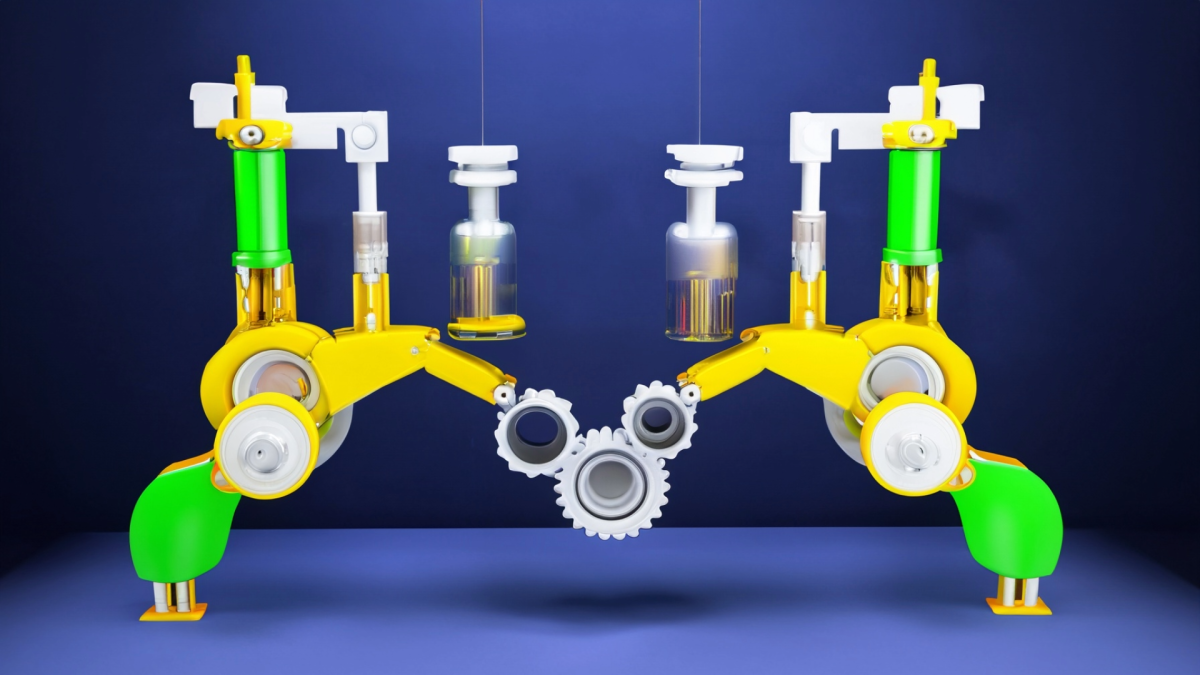
Grades:
Kindergarten, 1st Grade, 2nd Grade, 3rd Grade, 4th Grade, 5th Grade, 6th Grade, 7th Grade, 8th Grade, 9th Grade, 10th Grade, 11th Grade, 12th Grade
Button makers are great additions in the classroom! But first, students should learn the history of buttons, about the button machine and how to operate it. Challenge cards provided inspire students
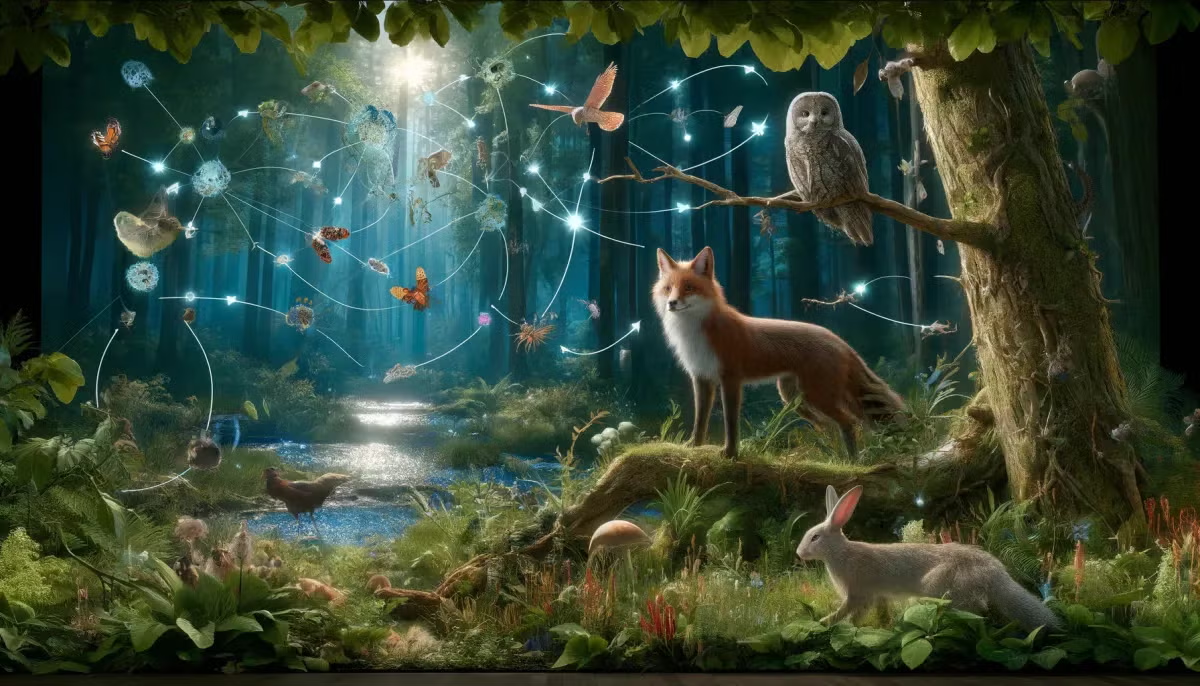
Grades:
3rd Grade, 4th Grade, 5th Grade, 6th Grade
In this lesson students combine science and math standards to explore the animal adaptation: camouflage. Students engage in discussion, watch a video, complete a hands-on activity, fill out a table

Grades:
6th Grade, 7th Grade, 8th Grade
This lesson helps engage student voice in developing stronger research questions and projects on topics about which they are interested, curious, and passionate. The Question Formulation Technique
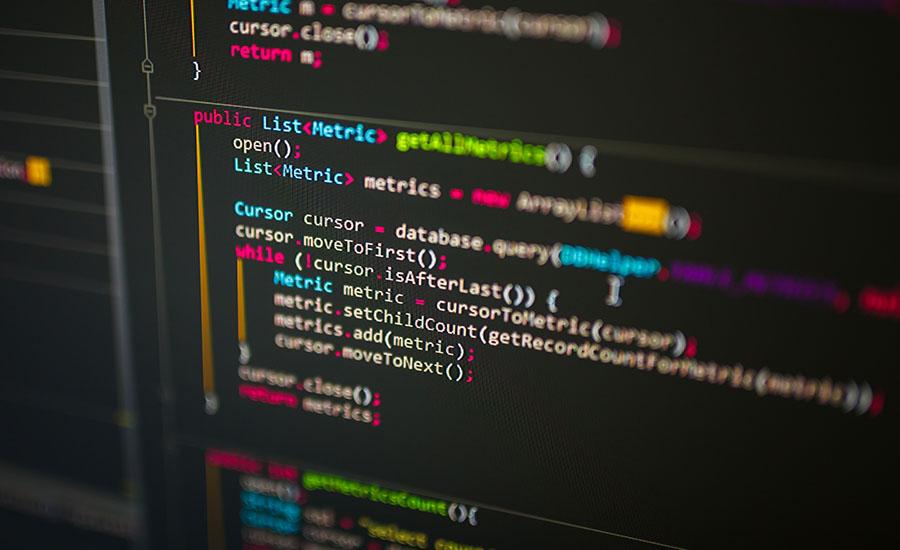
Grades:
Kindergarten, 1st Grade, 2nd Grade
Using the book There Was a Coyote Who Swallowed a Flea, students will participate in a lesson about desert animals, learn facts about coyotes, then work in small groups to code "coyote" robots to
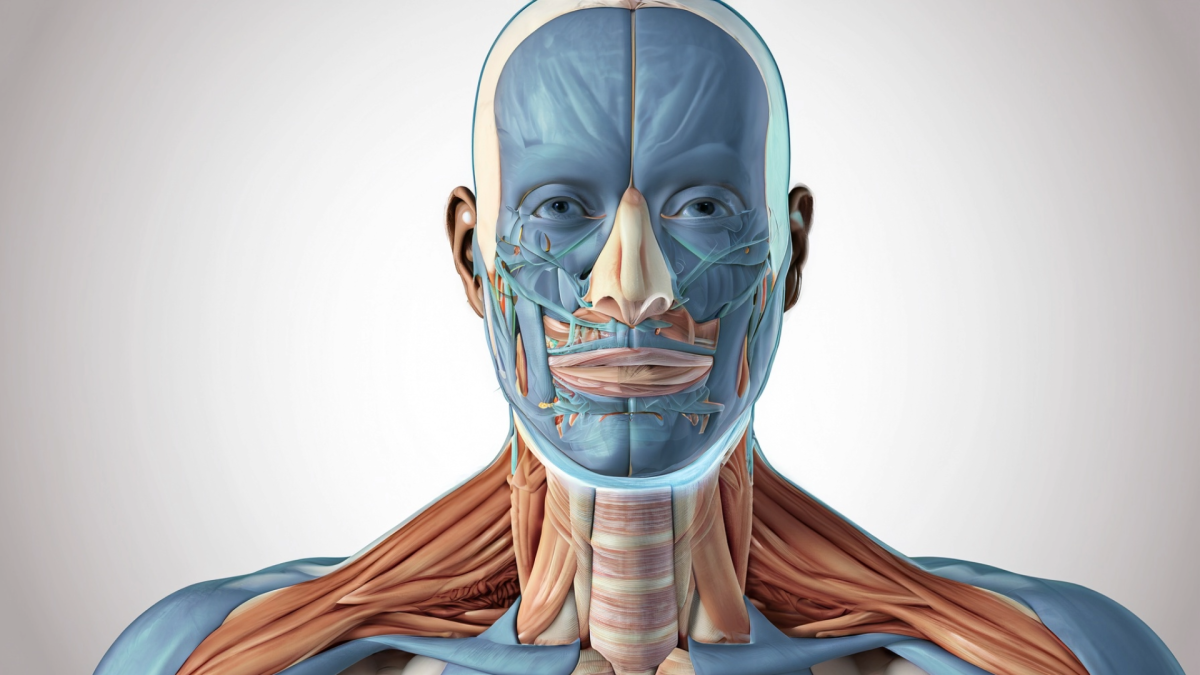
Grades:
10th Grade, 11th Grade, 12th Grade
From learning the basics of the endocrine system (organs) to creating a 3d visual model of a patient and demonstrating how hormones are released across the body, students will go from simple to

Grades:
Kindergarten, 1st Grade, 2nd Grade
Teachers don't talk trash, they talk COMPOST!! Compost is the best way to teach students the value of community as they create a Classroom Compost Program. In this 3-day introductory lesson, students
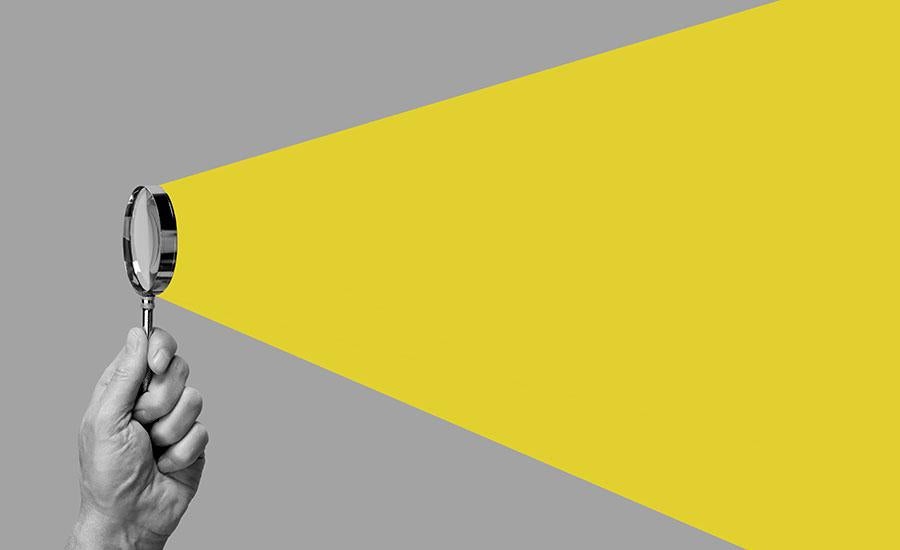
Grades:
4th Grade
Students use knowledge of light and shadows to create and perform a shadow puppet performance.

Grades:
4th Grade
Students learn vocabulary and learn about how light and shadows interact. Students explore using flashlights and making shadow hand puppets.
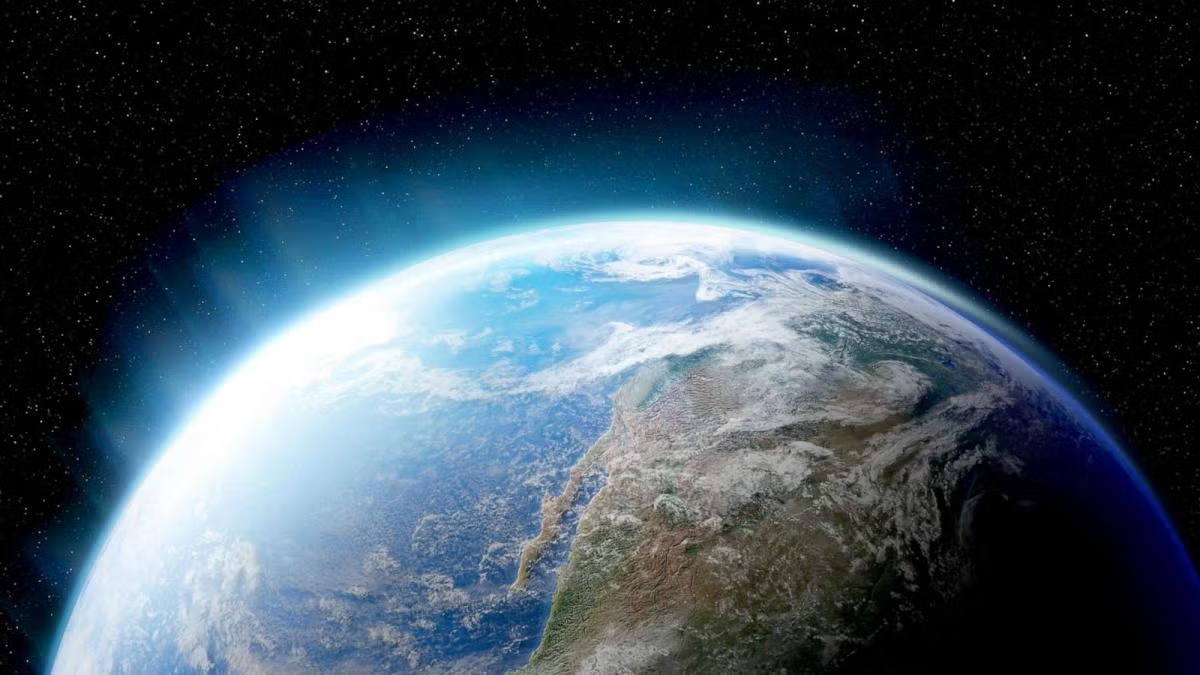
Grades:
9th Grade, 10th Grade, 11th Grade, 12th Grade
"A Solution to Plastic Pollution" – an engaging and hands-on lesson plan designed to empower students to address one of the most pressing environmental challenges of our time: plastic pollution. In

Grades:
2nd Grade
This is a week long review activity to be done outdoors on student devices. Students will complete physical/ outdoor activities and see how math fits into their daily life. This is meant to be done in
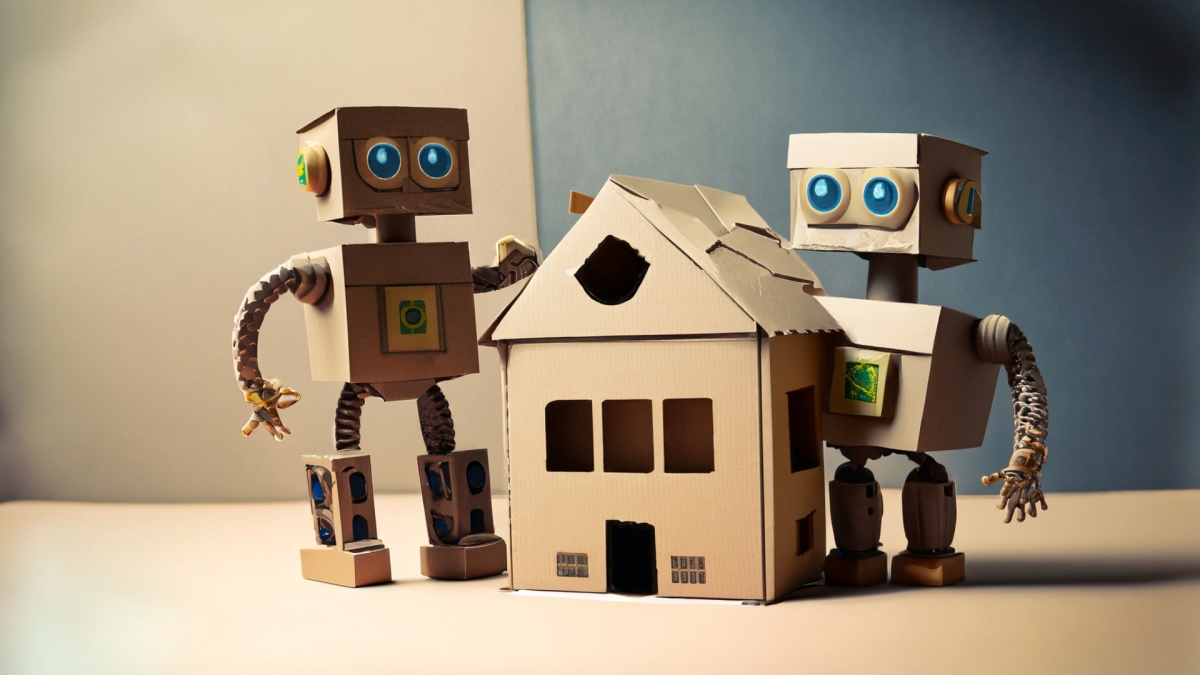
Grades:
6th Grade, 7th Grade, 8th Grade
In this project, students practice using scale by designing and crafting items for a model bedroom using a 1:12 scale ratio. They learn how to accurately shrink real-world dimensions down to miniature

Grades:
2nd Grade, 3rd Grade, 4th Grade
Students learn about the gila woodpecker as well as the 5 S's of birdwatching. Students then make observations of birds in their schoolyard, summarize the findings on a graph and slideshow, and design

Grades:
7th Grade
In this lesson students will learn about Frank Lloyd Wright's concept for Broadacre City and then create their own acre plot of land and home facade according to Frank Lloyd Wright's idea.

Grades:
Kindergarten
Discuss with students how the size and shape of a structure helps to make different areas and shapes of shade. You might briefly discuss how some structures block the sunlight from the top only, while

Grades:
5th Grade, 6th Grade
Students use the engineering design process and recycled materials to create a plant float. Can be paired with Fix the Fish lesson if more chemistry and life sciences topics are desired.

Grades:
4th Grade
Dive into adaptations and an intro to evolution through activities, readings, analyzing data, and a virtual lab to determine what happens to a species over time. There are plenty of extensions and is
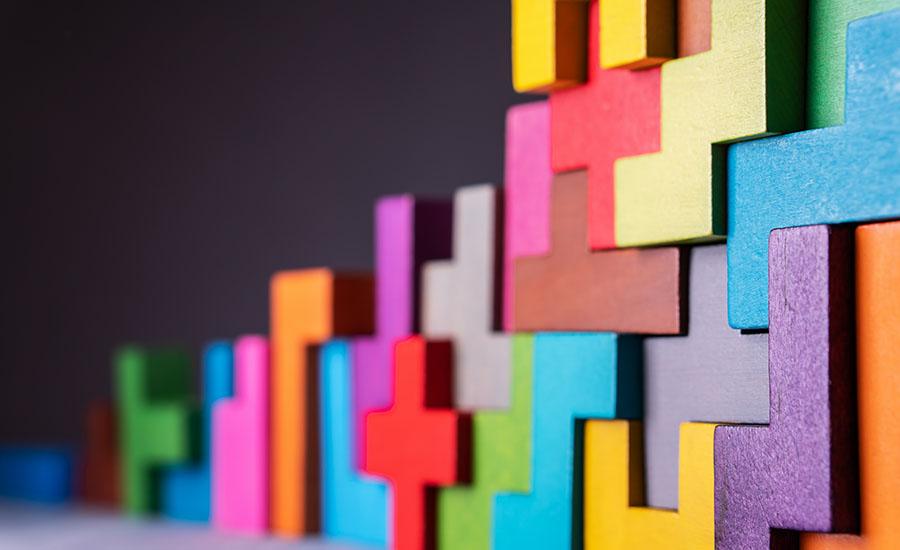
Grades:
11th Grade, 12th Grade
Students will design and build eco-friendly Art Deco-inspired miniatures of party venues from "The Great Gatsby" by learning principles of geometry, engineering, and sustainability, and culminating in

Grades:
11th Grade
Students will identify and address problems from "Animal Farm" through STEM projects by collaborating in small groups to research, develop proposals, and present solutions, with tailored support and

Grades:
6th Grade, 7th Grade, 8th Grade
In this lesson, students will learn about coding by using block coding in the Scratch Coding Interface to create their own projects. This is lesson 4 in a 4 lesson unit.

Grades:
6th Grade, 7th Grade, 8th Grade, 9th Grade, 10th Grade, 11th Grade, 12th Grade
Students use a GIS story map and hands on investigation to analyze the urban heat island effect in Phoenix.


